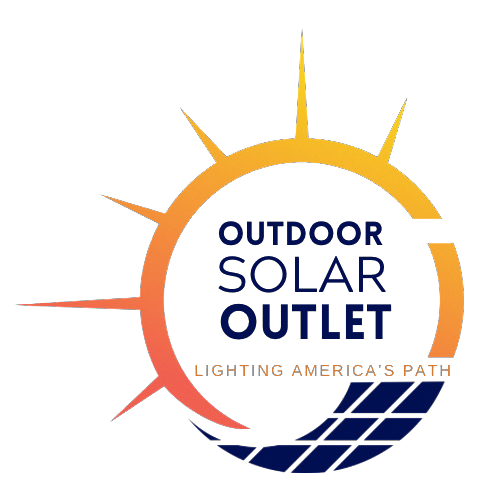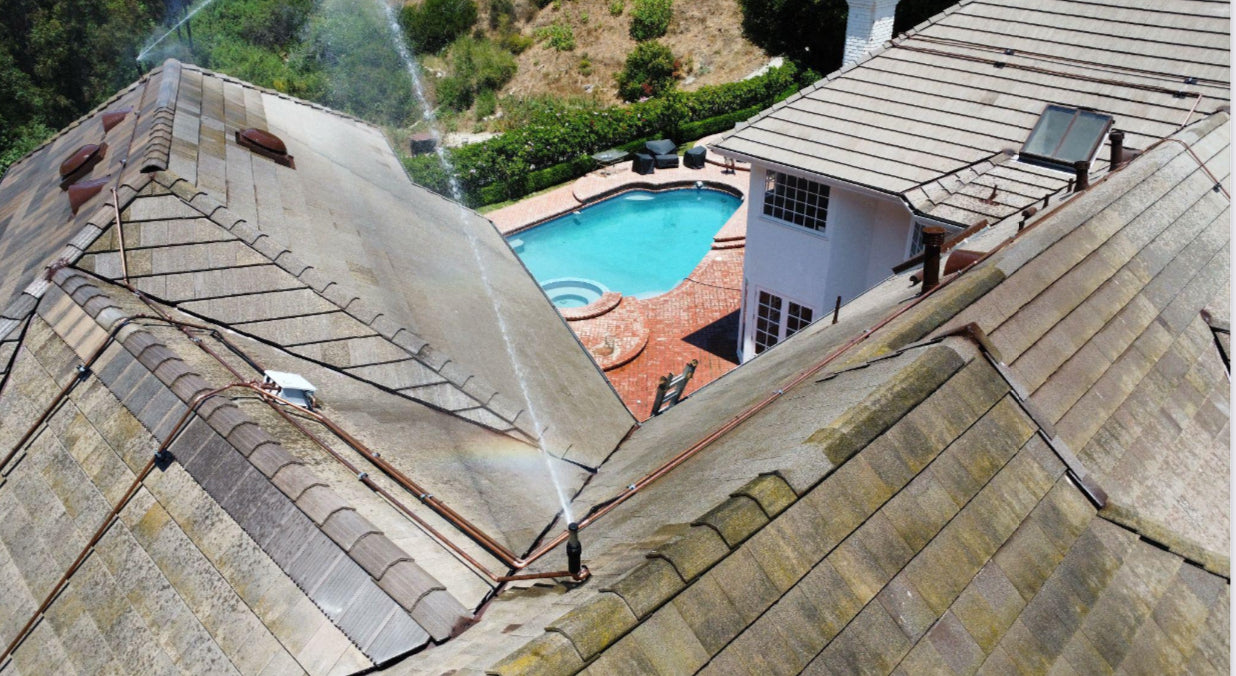
Designed to help protect your home or business from ember attack.
Strategically situated sprinkler heads create a humidity bubble around the property to mitigate embers landing and igniting fuel around your home.
Contact UsOur Steps
Made in the USA. The patented sprinklers thoroughly wet roofs, gutters, decks, surrounding trees, and shrubs making these fuels less susceptible to ignition. Don't stand on your roof with a hose! Turn your sprinklers on. Get your family safe. Prepare to evacuate
Tracking
Help During
Preparing
Recovery
Statistics
Are you Wildfire Prepared?
Embers are responsible for igniting 90% of home and business fires during a wildfire event.
Roof sprinklers blend into your property
Discreet installation
The Ember Defense System external fire sprinkler system is installed on roof ridges and under covered areas to maximize protection while minimizing distractions. Frontline crews install every system and we take extreme care to respect the aesthetic of your home. The system is concealed within the architecture of your home and can even be painted to blend in.
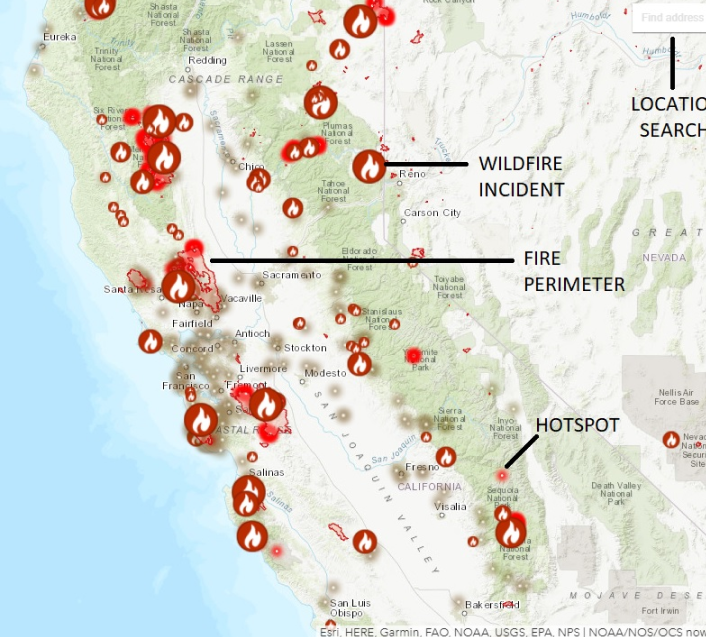

PREPARE. PROTECT. PRODIGY.
Our Permanent Roof Mounted Sprinkler System has been developed using the latest technologies. Once activated via the app or manually at the external manifold, the system soaks your property in 15 minutes preventing ember ignition.
Trusted Partners
Swift, effective installation with community at the heart. Together, we prioritize your safety.
PRACTICAL SOLUTIONS
Solutions you can count on: Practical, manageable systems for home, business and community protection.
QUALIFIED EXPERTS
With years of construction expertise, our team evaluates your property and devises a system to enhance wildfire resilience on your premises
SYSTEM TRAINING
You receive comprehensive training in system operation and maintenance. We also provide expert guidance on best practices to prepare for wildfire threats.
SUSTAINABLE USAGE
Sustainability is at the core of what we do. Our systems are meticulously designed to use less water than the daily consumption of an average 4-bedroom home. We're committed to preserving the environment for future generations.
PERSONALIZED DESIGN
When you request a quote, we conduct a thorough assessment of your home and craft a system specifically tailored to your property's needs. Your safety and satisfaction are our top priorities.
How it works
Free No Obligation Quote
What causes wildfires in California?
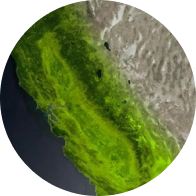
June 2024
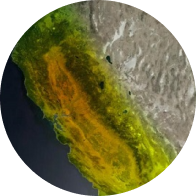
Decmber 2024
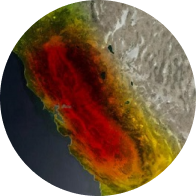
January 2025
- Palisades / Eaton Fire winds:
The winds that sweep down from the mountains and out over the Pacific can easily reach speeds of 40 miles per hour up to hurricane strength of 74 miles per hour, with gusts over 85 miles per hour. They can turn a small fire into a major conflagration, carrying embers extraordinary distances. When these winds strike during a dry period, the risks they bring are magnified.
- Rising temperatures:
Rising temperatures are responsible for increased wildfire risks across the state of California. According to the Union of Concerned Scientists, average temperatures in the United States increased by two degrees since 1970. That means, according to the National Wildlife Federation, spring snow melts are occurring one to four weeks earlier than 50 years ago, resulting in forests that are drier longer for a longer fire season.
- Dry climate:
Decreased rainfall in California creates prime conditions for wildfires. According to National Geographic, rising temperatures result in more water drawn from plants, soil, and vegetation. This landscape is a natural fuel source for wildfires, increasing the risk of fires tenfold. Under drought conditions, wildfires can spread rapidly.
FAQs
It is a mistake to think that the California fire season is limited to the hot summer months. September and October are actually the most damaging months for California wildfires. That is when the Santa Ana winds are most common. While more fires may take place in July, a look at the historical California fire map shows that they typically result in less damage, considering acres burned. Autumn winds and dry vegetation make September and October fires more destructive
Answer
Answer
Answer
